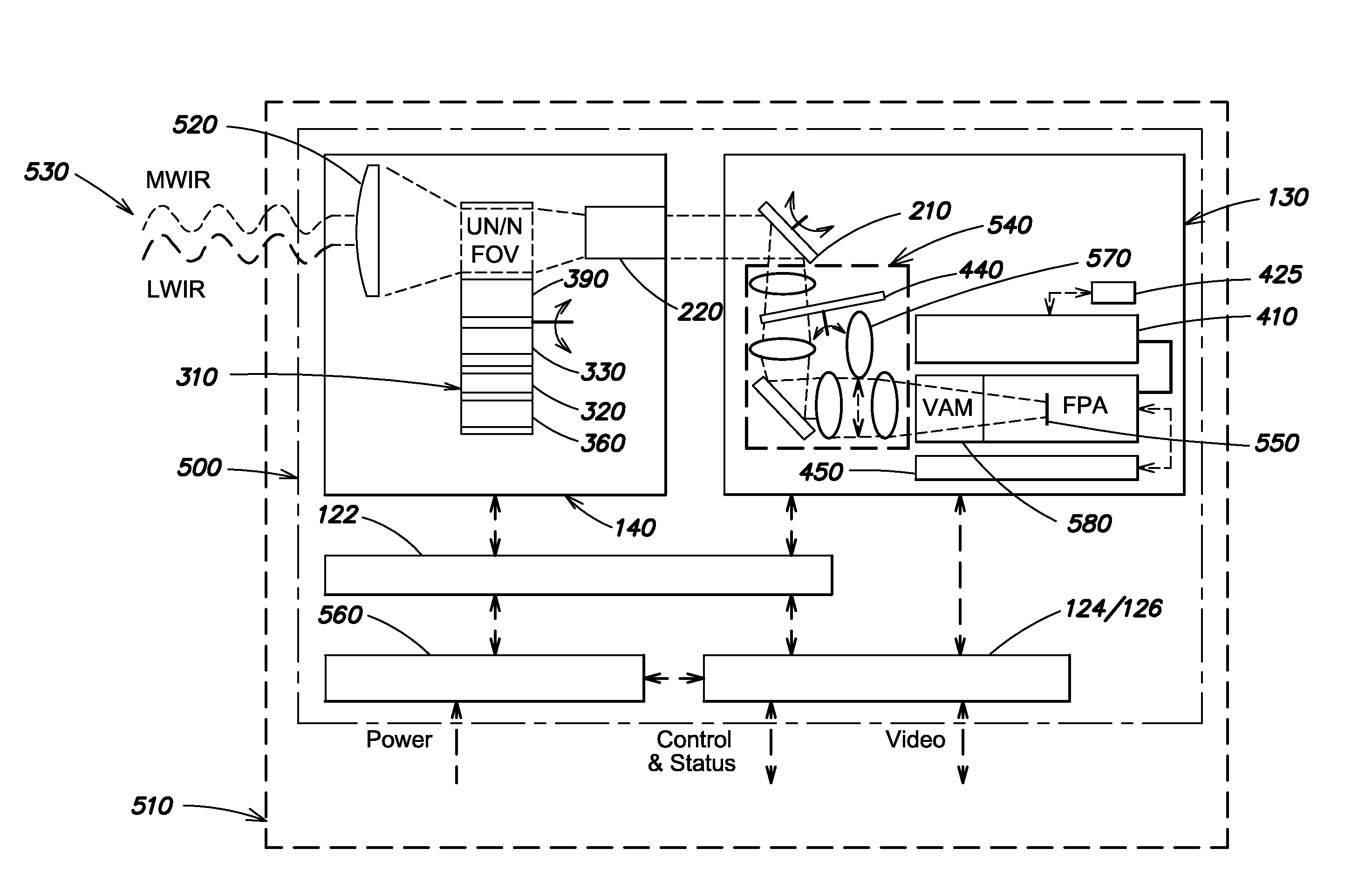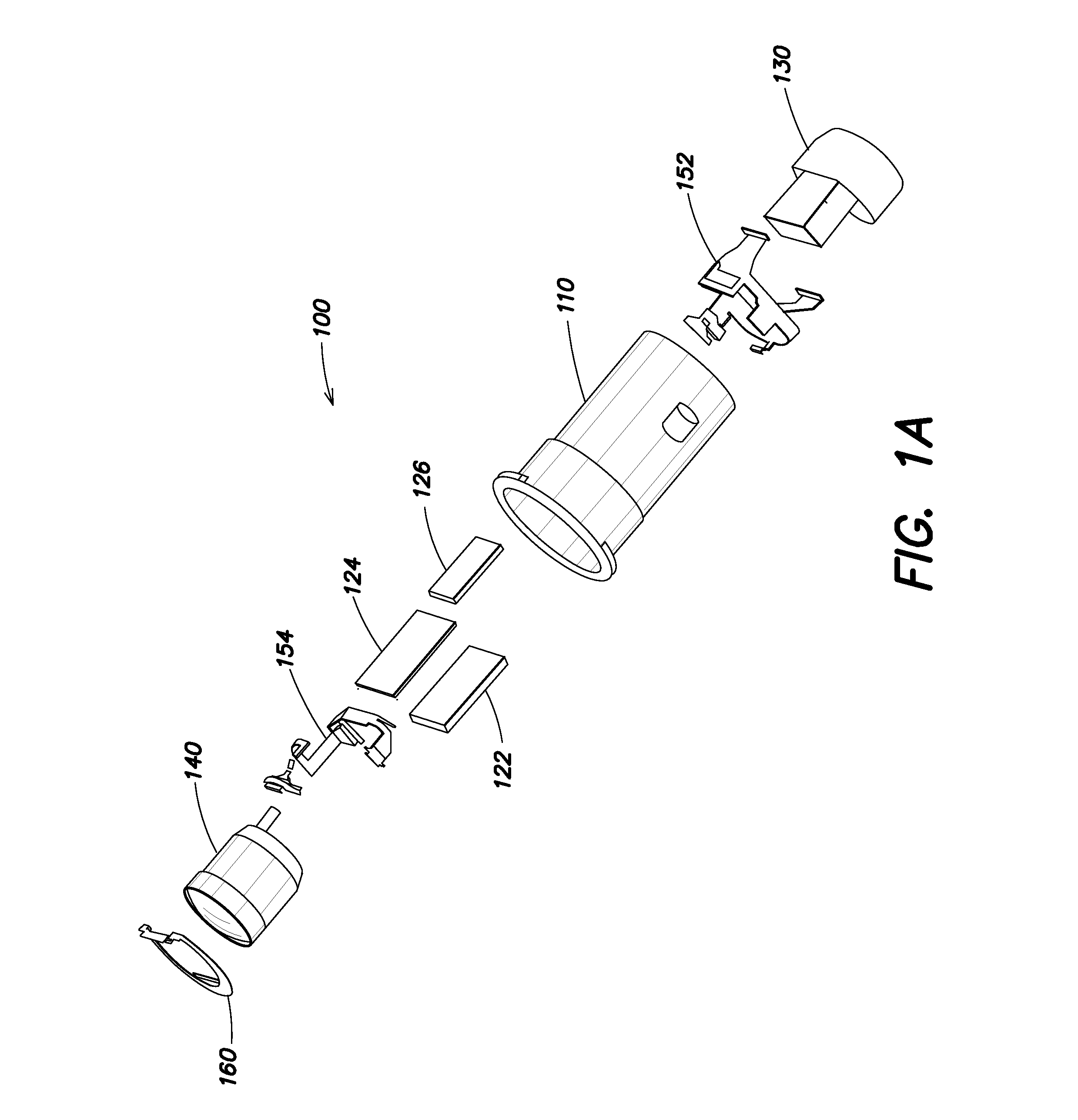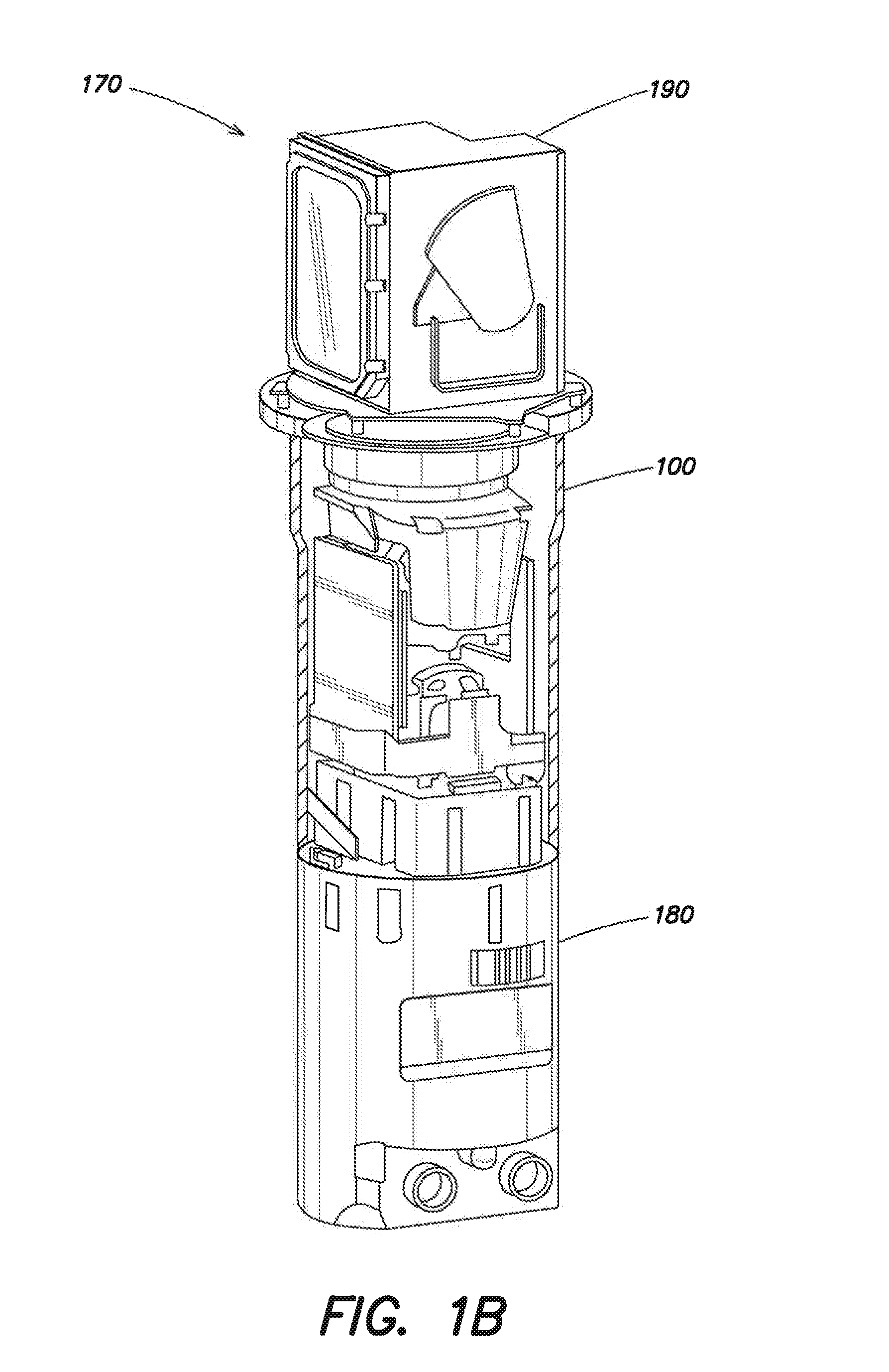Infrared imaging system
a technology of infrared imaging and infrared light, applied in the field of infrared light imaging systems, can solve the problems of incomplete sensor systems, inability to detect, recognize or identify threats at very long range, and inability to provide the highest levels of performance, so as to improve detection, recognition and identification range, and effective retrofit option for sensor systems
- Summary
- Abstract
- Description
- Claims
- Application Information
AI Technical Summary
Benefits of technology
Problems solved by technology
Method used
Image
Examples
Embodiment Construction
[0027]Aspects and embodiments are directed to a FLIR B-kit, optionally referred to as a Third Generation FLIR B-kit, which can be used to upgrade sensor systems that use existing Second Generation FLIR HTI B-kit modules. In one embodiment, the FLIR B-kit includes a set of infrared (IR) sensor modules, including one or more refractive opto-mechanical modules and electronics modules. The electronics modules may include electronic circuit card assemblies that are backward compatible with legacy Second Generation FLIR B-kits and forward compatible with Third Generation FLIR B-kits. Backward compatibility provides obsolescence mitigation to Second Generation FLIR HTI modules, and forward compatibility allows Third Generation FLIR B-kits to reuse the electronics modules while upgrading Second Generation FLIR B-kits with new features. Embodiments of the FLIR B-kit, in addition to matching field of view of the existing Second Generation FLIR HTI B-Kit, provide a field of view that provides ...
PUM
 Login to View More
Login to View More Abstract
Description
Claims
Application Information
 Login to View More
Login to View More - R&D
- Intellectual Property
- Life Sciences
- Materials
- Tech Scout
- Unparalleled Data Quality
- Higher Quality Content
- 60% Fewer Hallucinations
Browse by: Latest US Patents, China's latest patents, Technical Efficacy Thesaurus, Application Domain, Technology Topic, Popular Technical Reports.
© 2025 PatSnap. All rights reserved.Legal|Privacy policy|Modern Slavery Act Transparency Statement|Sitemap|About US| Contact US: help@patsnap.com



